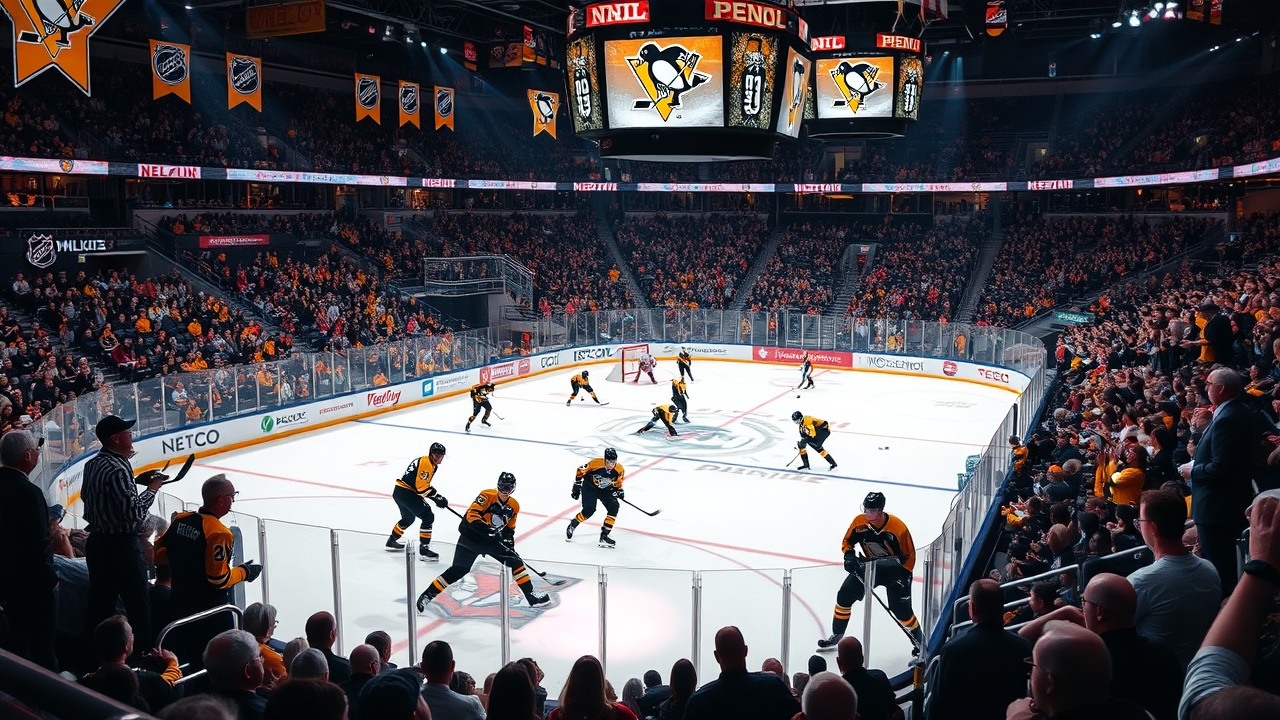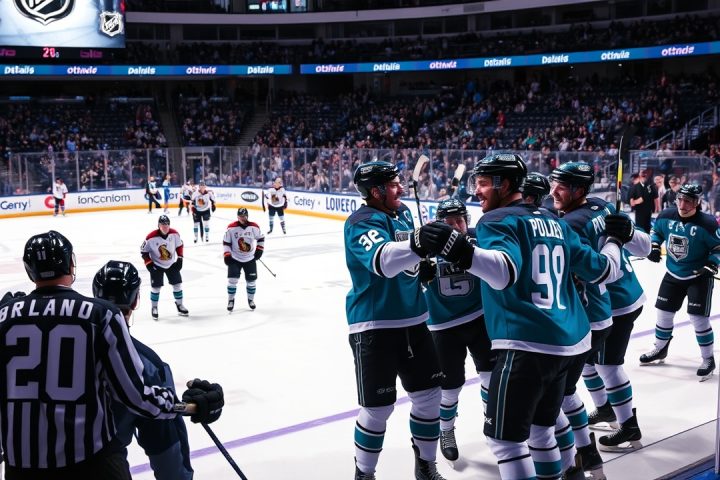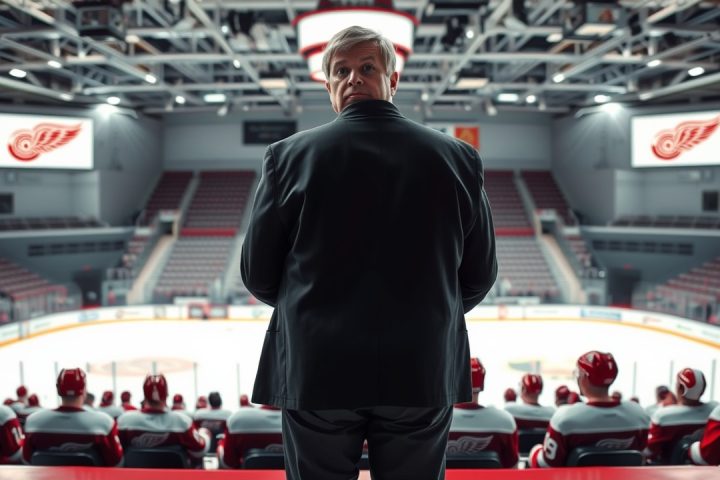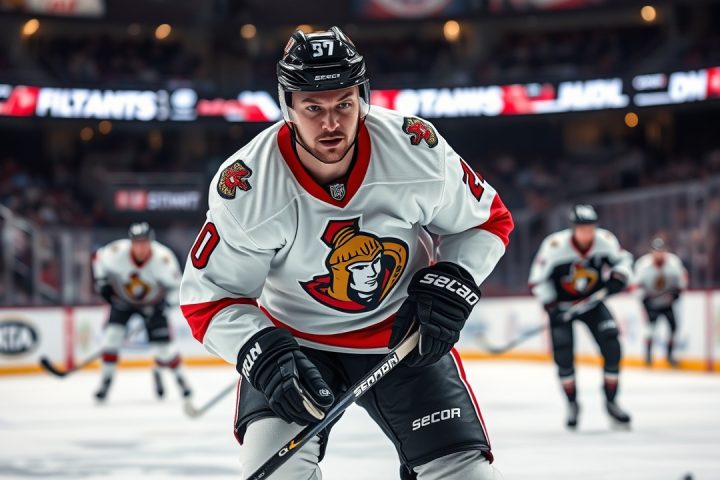NHL Trading Landscape Ahead of the 2025-26 Season
As the NHL gears up for the 2025-26 season, the early trading landscape is significantly less dynamic than usual, with notable trades being a rare occurrence. Over the past seven months, high-profile players like Mikko Rantanen, Mitch Marner, Nikolaj Ehlers, Brad Marchand, and Noah Dobson have already changed hands, leaving the pool of available talent rather shallow. This unique situation puts the Pittsburgh Penguins in a favorable position as they navigate a seller’s market ahead of the upcoming season while they look to refocus on future prospects.
Trade Candidates and Market Dynamics
With BetMGM listing the Penguins among the teams with the third-worst odds to clinch the Stanley Cup, there is a strong motivation for them to consider offloading seasoned players. The primary candidates for trades are wingers Bryan Rust and Rickard Rakell, both of whom present manageable salary cap implications for potential buyers. Their affordability and experience make them attractive options for teams eager to bolster their rosters.
At 33, Bryan Rust has no trade restrictions on his contract and recently enjoyed a breakout year, achieving a personal best of 31 goals and 65 points. Meanwhile, Rickard Rakell, 32, comes with a more limited no-trade clause, allowing the Penguins to still engage 23 teams without requiring Rakell’s consent. He, too, had a standout season with a career-high of 35 goals and 70 points. With Rust carrying a contract of $5.125 million and Rakell at $5 million per year, both players are strategically valuable in a marketplace poised for a rising salary cap.
Controllable Assets and Market Value
Given that Rust and Rakell are tied to the Penguins for two more seasons, they represent controllable assets likely to attract significant interest. As the NHL community anticipates the season’s formal start on October 7, teams are currently evaluating options in a market where few comparable talents are available.
Calgary Flames’ defenseman Rasmus Andersson is one of the exceptions, but potential trades involving Nashville Predators’ Jonathan Marchessault seem improbable as those rumors have already been dismissed. This scarcity of high-caliber players further inflates the market value for Rust and Rakell. While the initial response from teams might involve hesitance to meet trade demands immediately, the situation may evolve as the season progresses and needs arise within franchises.
Future Outlook for Teams
For teams like the Penguins, Flames, and Predators who have veterans capable of making a significant impact, there is no rush to deal these players. The GMs are expected to wait until they receive enticing offers comprising quality prospects and premium draft picks. A strong start to the season could even allow these teams to retain their players until closer to the trade deadline.
The trade landscape appears stagnant at the moment. Factors such as the lack of immediate tradeable assets and high asking prices contribute to a reluctance among teams to finalize deals. Thus, hockey enthusiasts should brace themselves for the possibility of minimal transactions in the coming weeks. Should a bold team pursue a trade for major assets, the ripple effects may capture widespread attention across the NHL.




